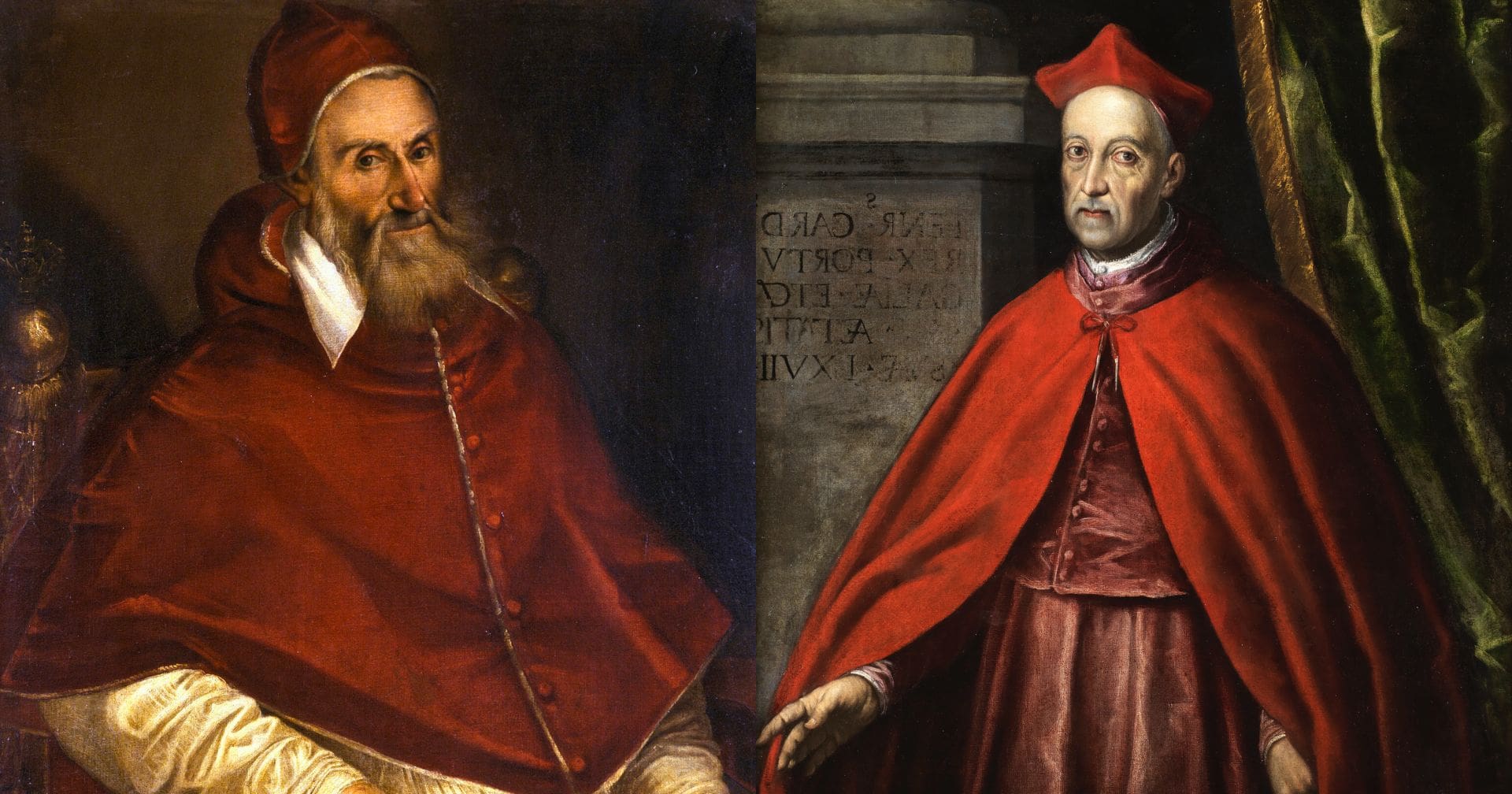In an era when royal bloodlines meant everything, did you know that a pope once denied a king’s request to marry?
The story of Henry I of Portugal—both a cardinal and a monarch—is a fascinating moment in Church history of power and politics
Born in 1512, Henry “the Chaste” wasn’t supposed to rule. As the younger son of King Manuel I, he entered the Church and swiftly climbed the ranks of clergy, becoming Archbishop, Grand Inquisitor and eventually a cardinal.
In 1578, disaster struck Portugal. King Sebastian, Henry’s grandnephew, died in battle without an heir. The kingdom was thrown into crisis. Future St. Teresa wrote in Avila just two weeks later, knowing what would inevitably happen.
“I grieve for the death of such a Catholic king and am angry at those who let him place himself in such great danger.”
Henry, at the age of 66, was reluctantly crowned king. There was just one problem—he was bound by clerical vows of chastity and had no children to continue his family’s dynasty.
Realizing the looming succession crisis, Henry did the unthinkable for a cardinal: he petitioned Pope Gregory XIII for release from his vows so he could marry and secure an heir.
The pope refused.
Spain’s Philip II had a strong claim to Portugal’s throne, and the pope wasn’t about to risk angering his most powerful ally.
With no way to produce a legitimate heir, Henry’s reign was short-lived. He died in 1580, leaving Portugal vulnerable. Philip II wasted no time—his forces invaded, and within a year, he was crowned King of Portugal, bringing the kingdom under Spanish rule for 60 years.
Had Pope Gregory XIII granted Henry’s request, history might have taken a very different turn.
Would you have expected a pope’s decision to change the course of an entire kingdom?
Photo credit: Public Domain via Wikimedia Commons 1, 2

















